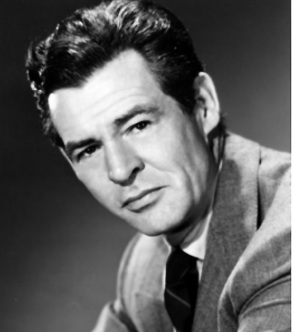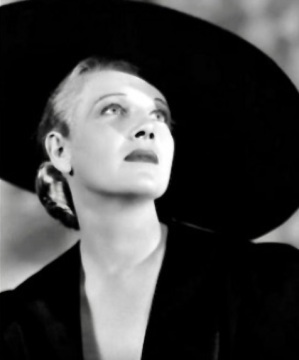***
Katharine Hepburn was one of RKO’s brightest stars in the 1930s. Studio execs had signed her to a contract based on the recommendation of George Cukor. He was casting the first version of A BILL OF DIVORCEMENT, which would provide Hepburn with her motion picture debut. After that she had delightful turns in LITTLE WOMEN and MORNING GLORY, for which she received her first Best Actress Oscar. She went on to give heartbreaking performances as ALICE ADAMS and MARY OF SCOTLAND. She tried comedies, but when those vehicles didn’t connect with audiences, she was labeled box office poison. In 1938 she bought out the rest of her contract and headed to Broadway. She had a massive hit with the stage version of THE PHILADELPHIA STORY and signed with MGM for the movie adaptation. But it’s her early films at RKO which show a younger and more vulnerable side of the actress.

Robert Ryan had bit parts in the early 1940s at other studios, before he caught on at RKO in 1943’s THE IRON MAJOR. He was quickly upgraded to better material with better directors. By the end of the decade, he was one of RKO’s busiest and most versatile actors. He could do tough guy roles as well as more sympathetic characters, like the one he played in THE SET UP. Long after his early costars at the studio had moved on, he was still working at RKO when he appeared in the remake BACK FROM ETERNITY as a heroic pilot. It didn’t take an eternity for people to realize Robert Ryan was a great performer.
In the early to mid-1930s, Ann Harding was one of RKO’s top actresses. She was always given the best scripts at the studio, and when she was loaned out, it was usually for lavish productions at MGM or Paramount. There was a casual quality about her, and a calmness in her line deliveries, no matter how severe the circumstances might be which faced the characters she played. Probably her greatest film is DOUBLE HARNESS opposite William Powell. And her work with Leslie Howard and Herbert Marshall is not be missed either.
Wheeler & Woolsey began making films during the late 1920s. Initially, they supported other stars in musical comedies. But the bosses saw potential in these two clowns, and realized they should headline their own comedies. For most of the 30s, the duo’s unique brand of slapstick was very profitable for RKO. The formula had them dealing with hard-nosed busybodies like Edna May Oliver who tried to stop their shenanigans. They would inspire future comedians and gain new fans years after they had stopped performing.
When mogul Howard Hughes bought RKO, a main goal of his was to secure distribution for THE OUTLAW starring Jane Russell. The controversial production had encountered censorship troubles with the production code office. Eventually, the picture was released, and Hughes’ new star was cast in other films made at the studio. These included more westerns, some comedies, and noir with Robert Mitchum. Though she would go on to score hits at Fox and Universal, it was her younger days at RKO when Jane first caused a sensation.




